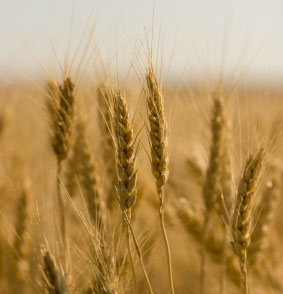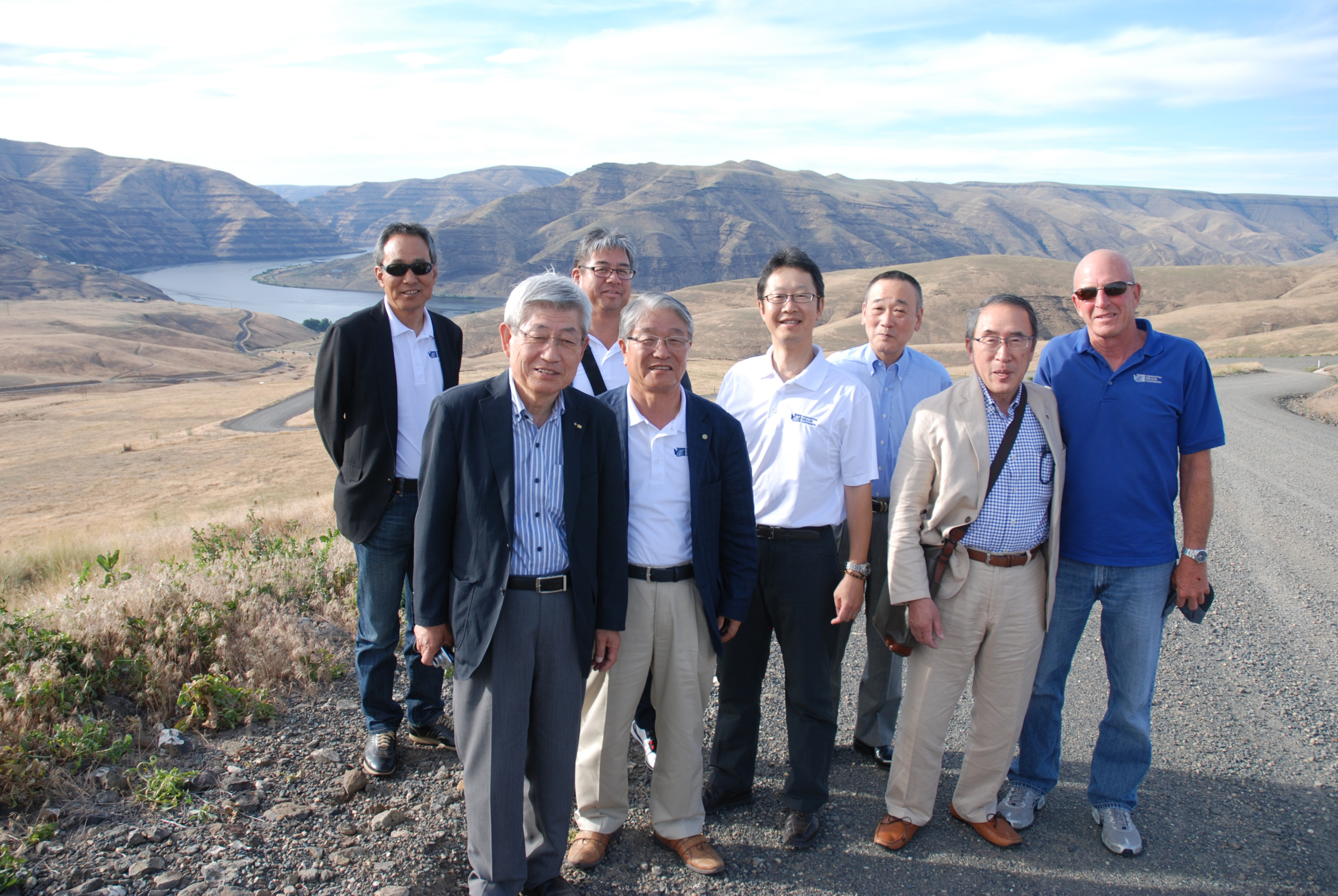While U.S. farmers supply nearly 80 percent of wheat imports into the Caribbean region, some importing countries have traditionally preferred Canadian wheat, including Guyana. However, USDA Foreign Agricultural Service (FAS) cooperator U.S. Wheat Associates (USW) is now displacing Canadian sales there by demonstrating how the characteristics of U.S. wheat offer a higher return to flour millers.
Noting that Canadian Western Red Spring wheat is pre-cleaned at export elevators and has higher moisture content than U.S. wheat, Canadian marketers in the past strongly suggested that flour mills could expand production capacity without cleaning or tempering (adding water at the mill). In fact, by adding water to an optimum level for milling, U.S. wheat allows the mills to condition their grist to an ideal moisture that allows them to increase their flour yields and profitability.
Using Market Access Program (MAP) and Foreign Market Development (FMD) funds, USW has long supported the Caribbean Millers Association and first started challenging the Canadian wheat position in discussions with members of the association. Then, following a trade servicing visit by USW, a mill in Guyana decided to construct a cleaning house. To support a transition to milling U.S. wheat, USW sent a consultant to the mill who demonstrated how to specify for reduced dockage in U.S. wheat tenders.
As a result, Guyana received its first commercial shipment of 6,800 metric tons (MT) of U.S. wheat in May 2013. The next marketing year, U.S. wheat sales to Guyana reached 20,300 MT, equal to a 50 percent market share. And in marketing year 2014/15, Guyana imported 30,100 MT of U.S. hard red spring (HRS), hard red winter (HRW) and soft white (SW) wheat representing returns that go to the U.S. wheat industry from the Gulf of Mexico back to farms in North Dakota, Oklahoma, Kansas, Washington and Oregon.





